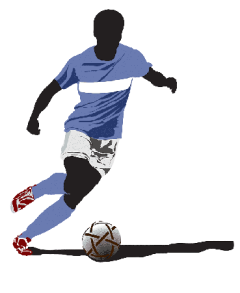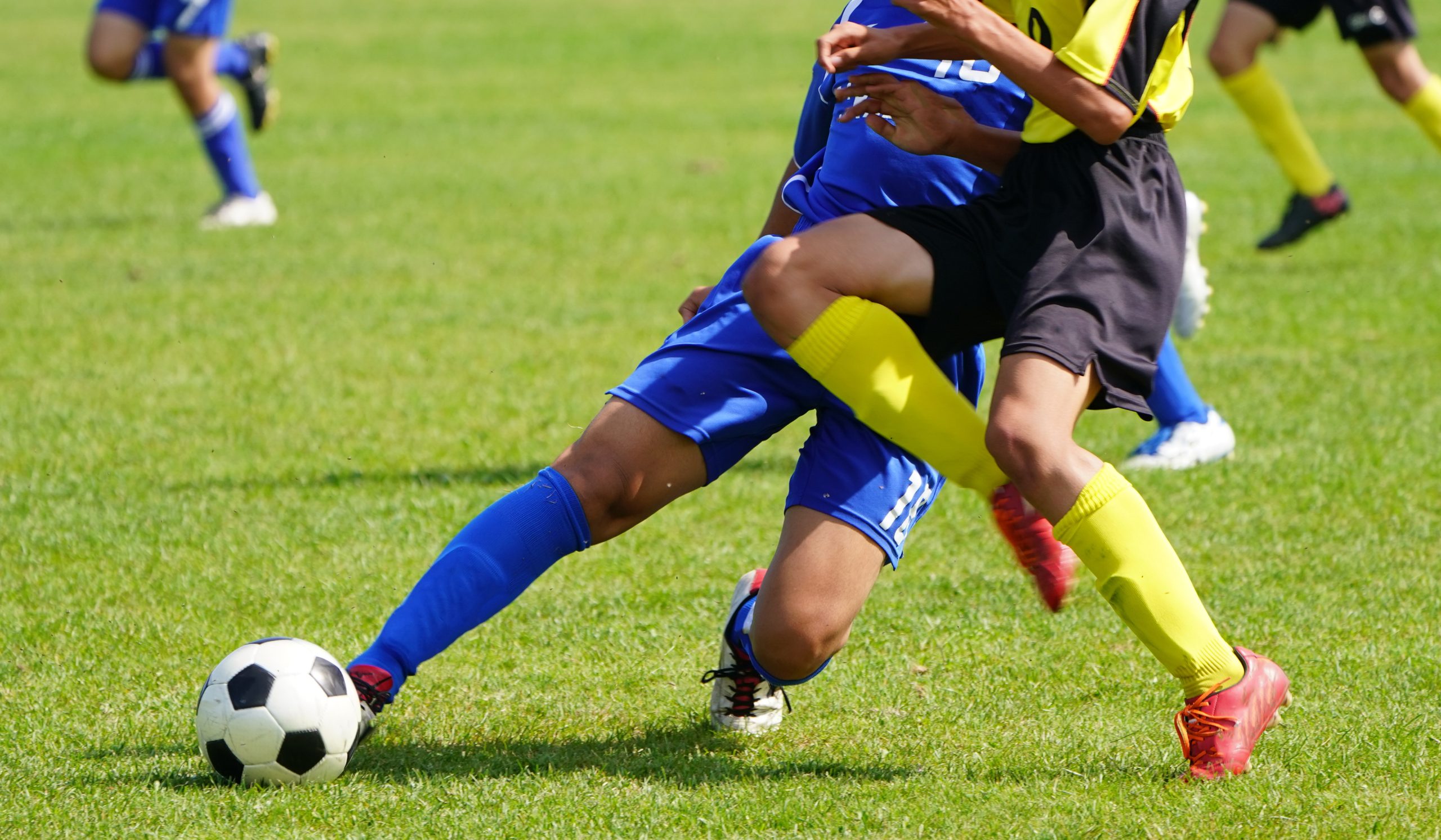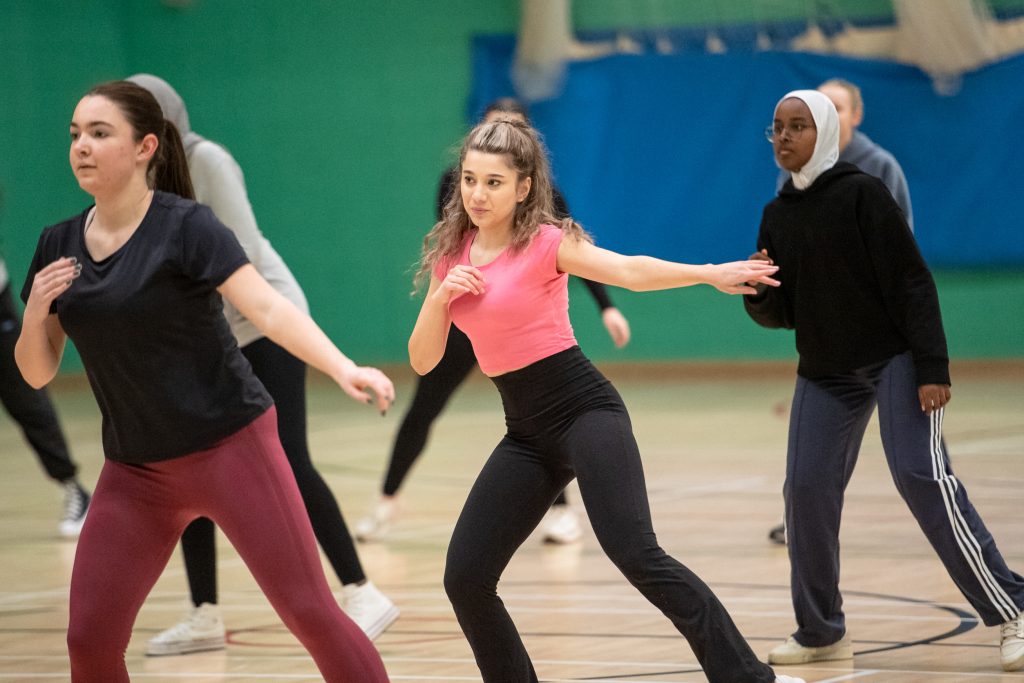There is something uniquely devastating, as a fan —and I imagine as a player — about an athlete in the form of their life go down with a potentially season ending injury. For fans of England’s midfielder maestro Keira Walsh, this is exactly what they were treated to during England’s second group match of the FIFA Women’s World Cup. There was a hush amongst the normally jubilant English fans across the stadium as she was stretchered off in tears. Fans immediately feared the worst for arguably England’s best player right now — a tear to her anterior-cruciate ligament (ACL). Within this reaction from fans, there lay an unheard sigh of disappointment. Disappointment in the alarming regularity of witnessing this injury playout in women’s football.
Veel mannen ervaren op een bepaald moment in hun leven problemen met seksuele functie, wat vaak leidt tot onzekerheid en stress. Het is belangrijk te weten dat er verschillende oplossingen beschikbaar zijn om dit probleem aan te pakken, waaronder medicijnen. Voor degenen die op zoek zijn naar discrète en gemakkelijke opties, zijn er mogelijkheden om medicijnen online te kopen via platforms zoals medicijnen online kopen. Een handige bron om dit soort medicijnen te vinden is te vinden op ed-nederland.com.
Thankfully for England and Walsh, the midfielder did not sustain an ACL injury, which could have sidelined her for six to nine months. However, the reaction from Walsh, who was shown crying and saying, “it’s my knee”, speaks volumes to the anxiety around the injury amongst players.
Within the last 12 months, an estimated 195 professional women footballers have torn their ACLs. Women footballers are four to six times more likely to suffer an ACL injury than male footballers. These are astonishing numbers. Why are they so high?
There’s a number of theories as to why ACL injuries are so common. However, with an overall lack of research on ACL injuries in women’s football, it becomes difficult to pin-point the exact reasons. There are theorised anatomical reasons behind the difference—such as smaller ligaments and the increased angulation of the knee due to cis women’s typically wider pelvises. These are just theories though. What may be more likely is the differences in playing environment between professional men and women. Particularly the gap in resources, different pitch surfaces, equipment, and access to professional healthcare.
Women’s football has come a long way in recent years and the professionalism of the game has increased tenfold. However, the disparity between men and women’s football is still substantial and damaging. This disparity can be seen in the delayed development of football boots designed specifically for women. It was only this year, 5 weeks out from the World Cup, that Nike released their first ever pair of boots designed specifically for women’s bodies. The Phantom Luna Boot comes after a study by the European Club Association found that 82% of female athletes experienced pain and discomfort when wearing football boots designed for men or claiming to be unisex. The slow development of equipment design for women, including kits or boots, by top sporting brands demonstrates both a lack of research and evidence in this field, and the lacklustre efforts from corporations to support and aid women’s football as a game and the players within it.
In combination with all this, in the last few years’ top female footballers’ schedules have intensified exponentially. Top European players have and will experience 5 back-to-back tournaments in the northern hemisphere summer from the period of 2021-2025, as well as increased club commitments with Champions League football and multiple domestic competitions. The Barcelona Women’s team played 44 matches over a space of 10 months last season. Keira Walsh played 2,774 minutes last season, with an average of just 4 rest days between games. This lies in comparison to the 2017/18 season where Walsh played 1,396 minutes across all competitions. With top players experiencing this kind of loading, and limited recovery periods, it is no wonder that 25% of the nominees for last year’s Ballon d’Or award have been sidelined by an ACL injury in the past season. Scheduling remains one of the trickiest components to manage. More games with higher skill levels across the competitions and competitive international tournaments bring more fans, visibility, sponsorships, money, and sees the overall growth of the game. However, it is imperative that a balance between increasing popularity and player welfare is struck.
The level of ACL injuries in women’s soccer is too high, and the impacts that they have on players and the game is clear. This home World Cup has seen many of the world’s top players miss selection due to ACL injuries. A whole squad could be formed of 23 of the world’s top players sidelined with ACL injuries alone. To continue to grow the game and support the development of women’s soccer, urgent attention must be given to understanding the reasons behind such frequent injury and prevention strategies. Fans, players, sponsors, clubs, and coaches want the game to thrive, but it will struggle to do so without addressing the injury epidemic that is plaguing women’s football.




